- Author: Cheryl A. Wilen
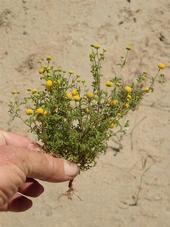
I recently attended a Santa Ana River Orange County Weed Management Area (SAROCWMA) meeting and there was an opportunity for participants to update the group about new invasive plants as well as give an update on management of these and others. During the discussion, Ron Vanderhoff from the Orange County Native Plant Society (OC-CNPS), reported new findings of a plant I'd never heard of. In fact, when the group was talking about it, I wasn't sure if I heard the name right.
The plant is called stinknet (Oncosiphon piluliferum), which to me sounds like a game played by 10 year olds. However, the California Invasive Plant Council considers it an emerging invasive weed...
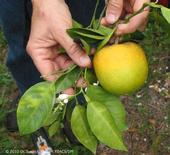
This week, we put the spotlight on invasive species and how these non-native plants, animals, and pathogens damage California's economy and environment.
You Can Make a Difference
Shot hole borers and the diseases they carry, and Asian citrus psyllid and huanglongbing disease are serious invasive pests of concern. Do your part to help prevent their spread. If you go camping this summer, don't move firewood from your home to the campground. For backyard citrus growers, find out if you are in a quarantine zone for Asian citruspsyllid. You can make a difference. Read the posts above to find out...
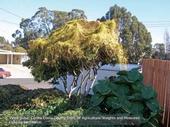
When people think of parasites, often what comes to mind are blood-sucking insects like bed bugs, head lice, and fleas or other bodily invaders on or in humans and other animals. But plants can have parasites too. Most of us are familiar with mistletoe but there is another parasitic plant you may not have heard about: dodder.
There are several species of dodder native to California but they are not as problematic as a particularly invasive species, Japanese dodder, Cuscuta...
- Author: Karey Windbiel-Rojas
- Author: Anne Schellman
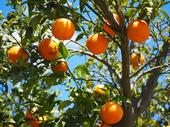
As part of our coverage of California Invasive Species Action Week, today we focus on a pair of invasive species that “work” together: an insect called the Asian citrus psyllid and the plant disease it can spread, huanglongbing.
Our long-time readers will know that we write about these pests quite a bit. That's because this pest pair has the potential of causing profound economic harm to the California citrus industry. So please read on and found out what you can do to help.
The Basics
The Asian citrus psyllid (ACP) is a very small flying insect that feeds on citrus plants...
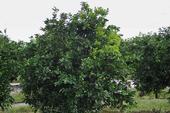
Alert from CDFA Plant Health and Prevention Services
The California Department of Food and Agriculture (CDFA) and the United States Department of Agriculture (USDA) have established a 94-square mile quarantine in portions of Riverside and San Bernardino counties following the detection of the citrus disease huanglongbing (HLB), or citrus greening. HLB is a deadly disease of citrus plants and closely related species, and can be transmitted from tree to tree by the Asian citrus psyllid.
On July 15, HLB was discovered in a grapefruit tree in the city of Riverside in a residential neighborhood near the intersection of Chicago...


